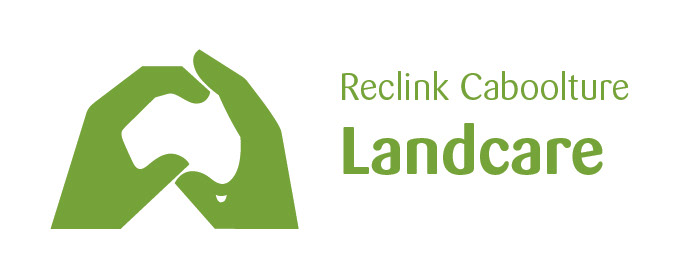Joshua Willmington Graduate Conservation and Ecosystem Management trainee. At the time of this picture, he was the Bushcare supervisor of Friends of Lagoon Creek Group. Reclink Trainees work beside Volunteers and other community organisations for ecological restoration project outcomes. The Lagoon Creek Environmental Reserve was used for cattle farming, residential land, and a pine plantation. Part of the reserve also held the original Boiler for the 1st train system in Queensland. The site was chosen as it had adequate water for the steam trains.
One of the many Lagoons found within the Lagoon creek environmental reserve which is a haven for many bird reptile and marsupial species
Singapore Daisy area after signal grass removal
Restoration starts when you control weed spread. When areas are so degraded and no natural regeneration occurs - replanting species from already present surrounding vegetation or listed regional ecosystems ensures you bring about species that would most likely be naturally occurring and adapted to the local area. Flora and fauna species can be very localised in populations so its important to keep true to the natural vegetation as much as possible to support them and genetic populations. Some vegetation types are also vulnerable and endangered and do not occur elsewhere. Its very easy to overlook the dependence local fauna might have on these resources.
And its easy to overlook that some species may be common here but not found anywhere else.
Singapore Daisy site after follow up weeding to encourage further native recruitment. Weed and Natives are having a germination war. A gentle approach is needed to manage follow up weeding in areas and not compromise habitat values.
Singapore Daisy area Follow up assisted regeneration
Species planted 2 years ago are fruiting and being eaten and dispersed by birds and native fauna.
The dominating Signal grass.
Guinea Grass can grow to 3.5 meters and can seriously out compete our beautiful and small native grass species. It is too large to be eaten by neighboroughing roos or wallabies perhaps? It is also a concern as it could be a very bad fire hazard. Birds love to nest in it though. We have brushcut it to use the least amount of Herbicide as possible.
The notorious riparian weed Anredera cordifolia (Madeira Vine or Lambs tail) has tuberous growths that fall and are carried via water increasing the range of its spread. Madeira vine has been labelled a restricted weed. It can readily smother and choke native vegetation and deform landscapes, it is difficult to control once established. It is said it can take around 7yrs to be able to eradicate it from a site as the tubers can remain viable for some time buried or partially buried. It is also called the 7-year weed. Like most restricted weeds it is therefore a priority weed to control in any natural area.
Madeira vine is originally from South America it is farmed in Japan for its edible leaves and I have been told the tubers can be roasted and are similar to potatoes. I have eaten it. There is a biological control for Madeira vine
Ochna serrulata or mickey mouse plant originally introduced to Australia as an ornmanetal as a garden plant is a significant environmental weed and a common shrub found in urban bushland in south-eastern Queensland. It's fruit is dispersed by frugivorous bird species. It has leaves with finely toothed margins hence its species name serrulata. Ochna is a very hardy plant and often re-sprouts after mechanical and chemical control, it also can create dense stands if not treated.
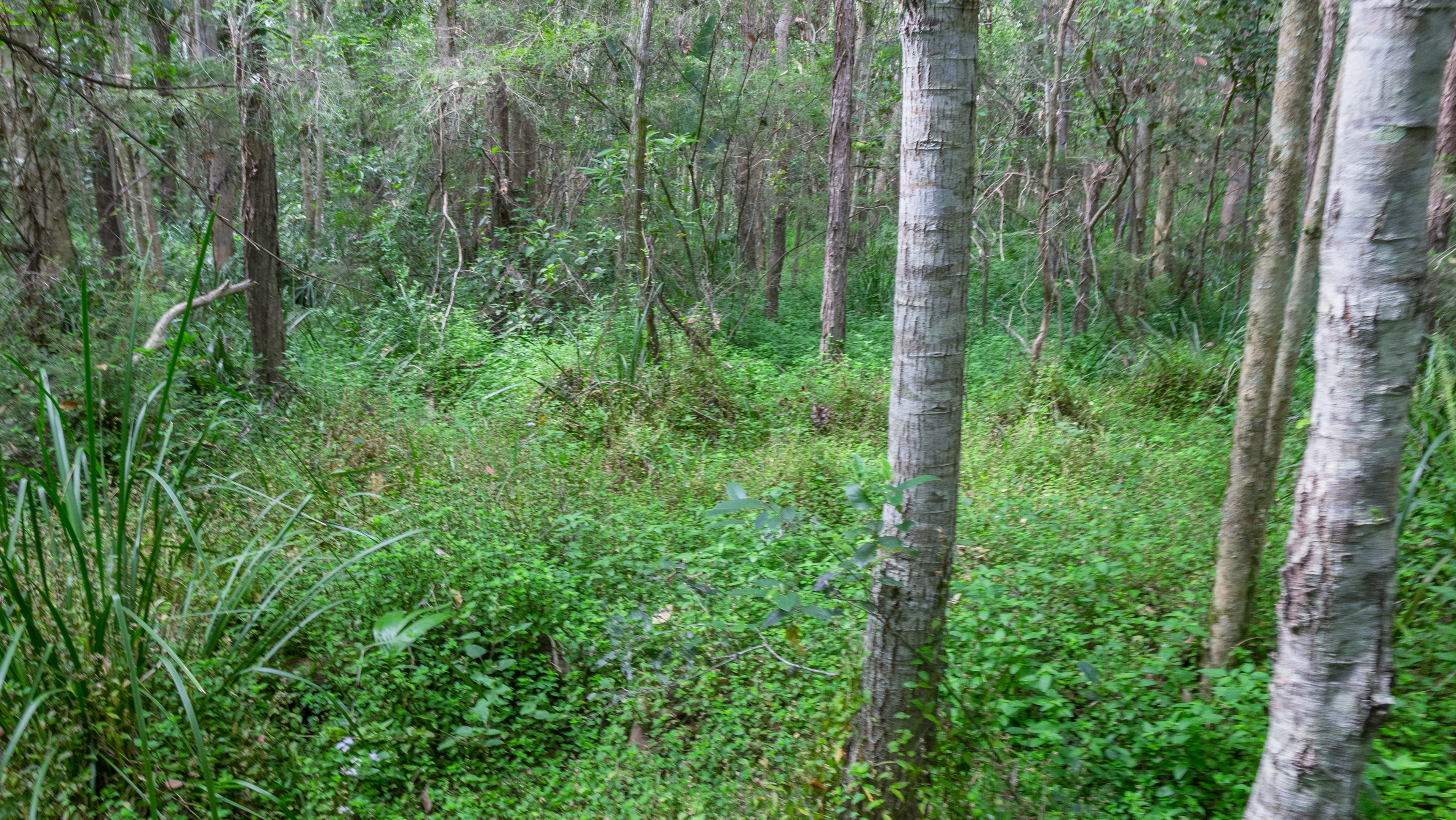

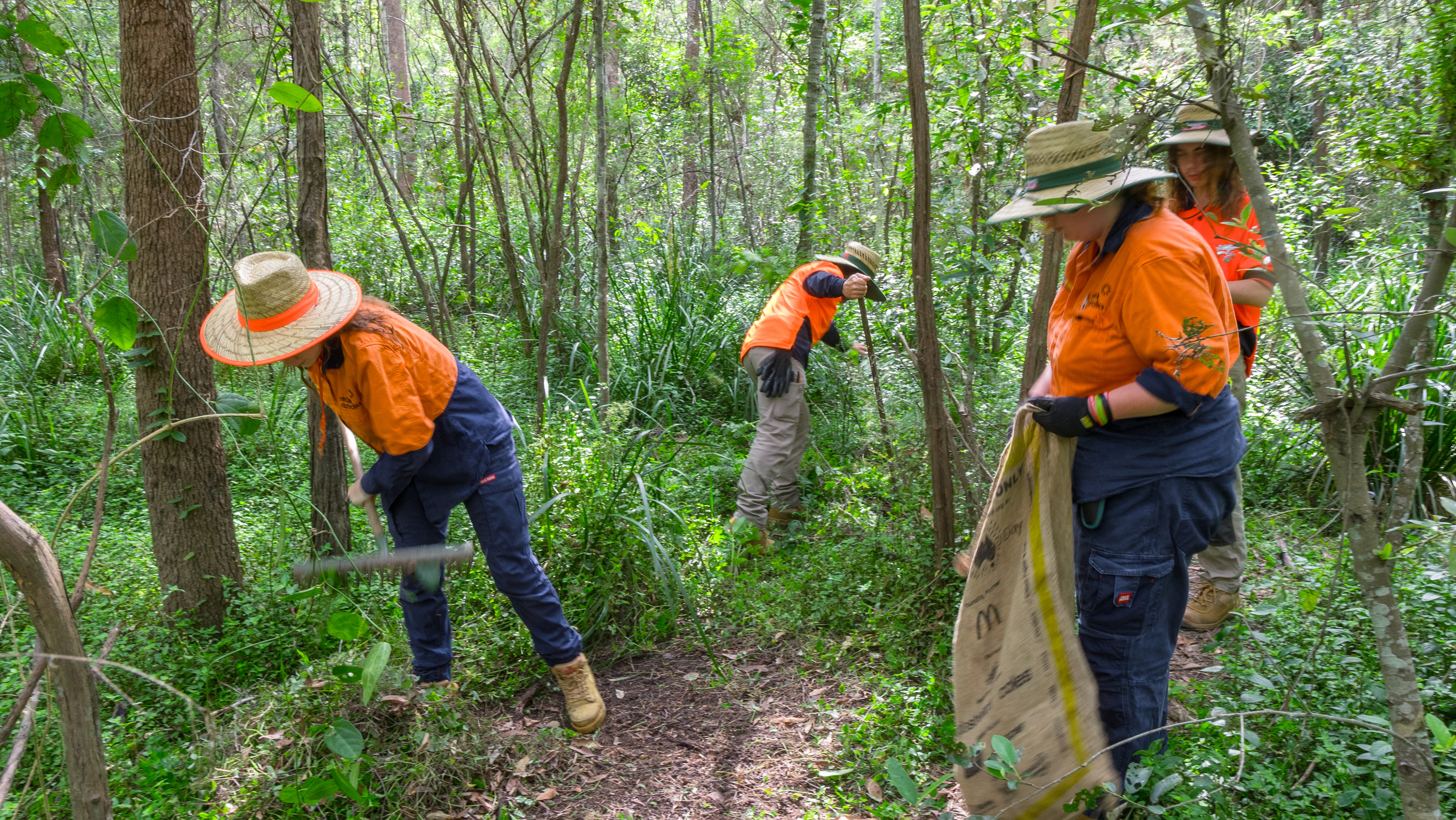

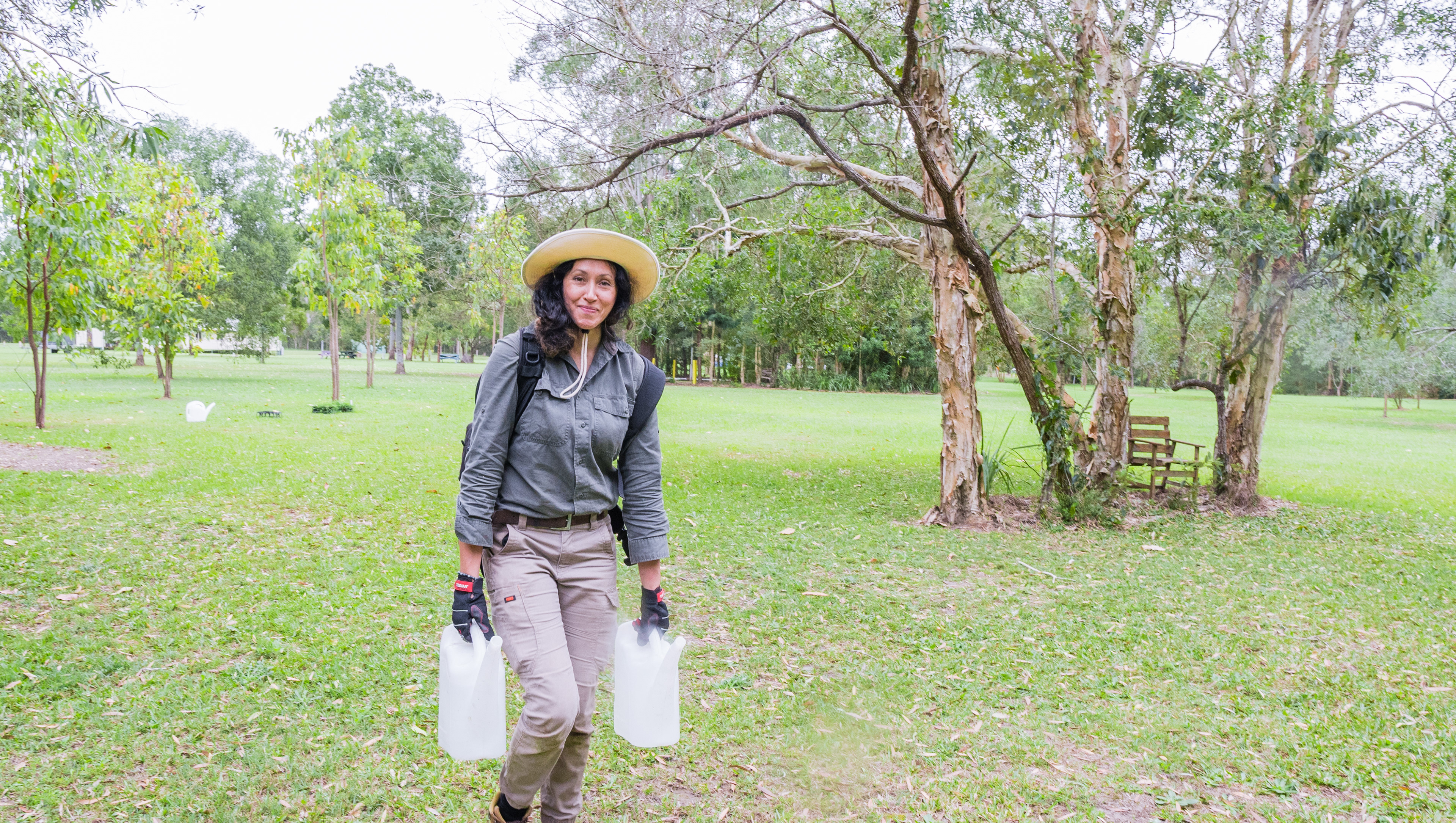
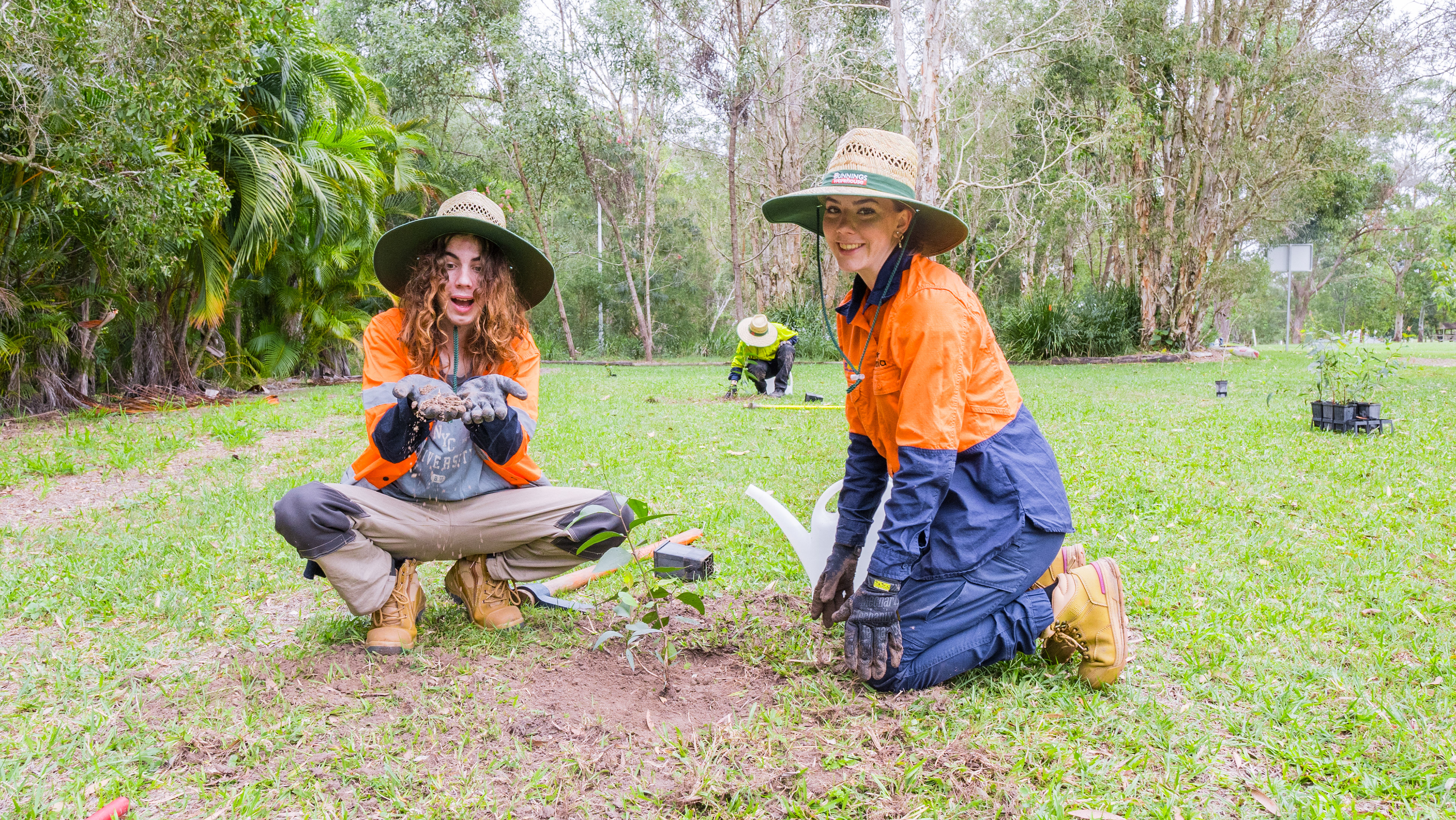
Replanting to build the layers of the forest and to kill off the invasive Signal Grass dominating the understory

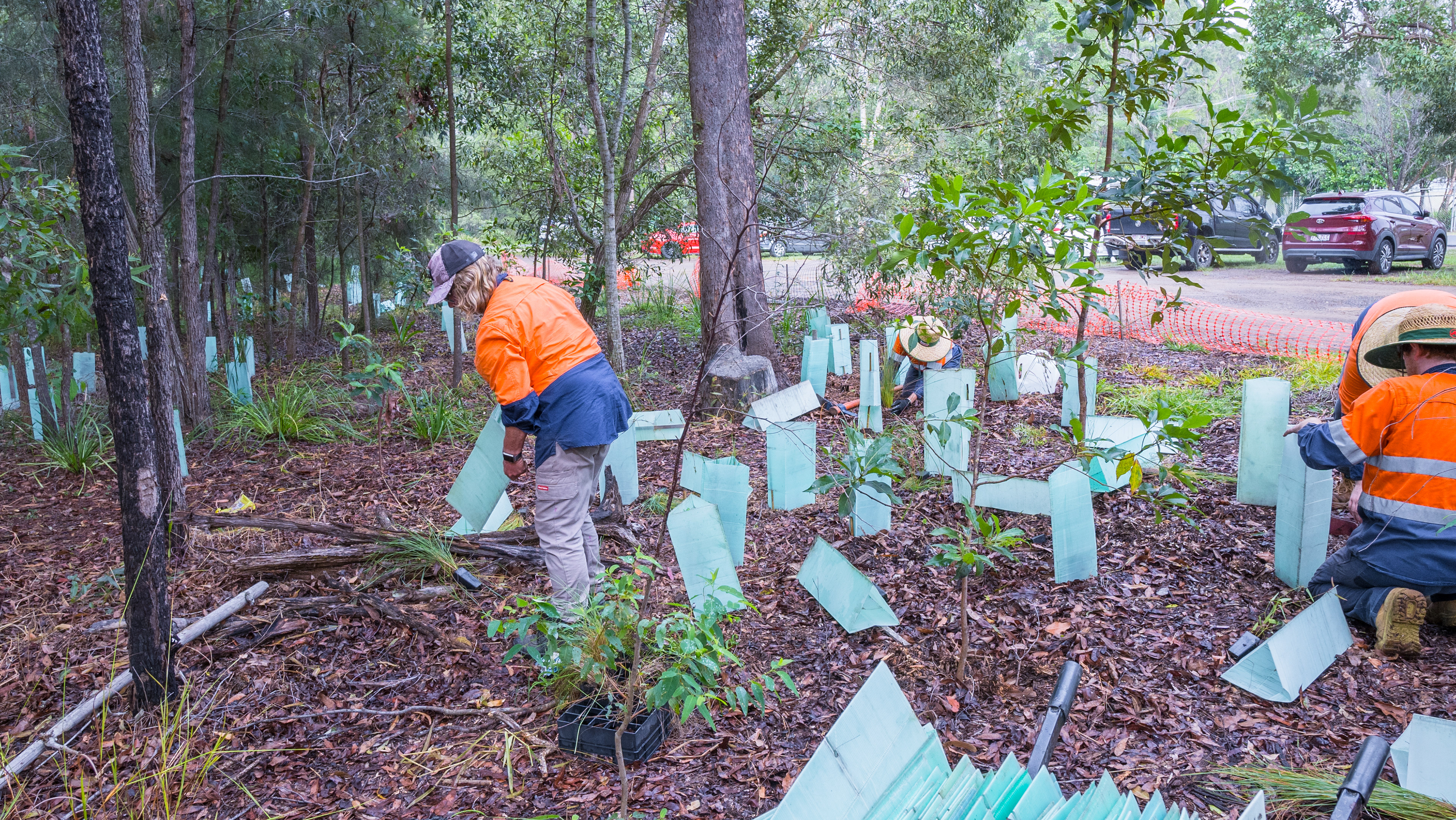

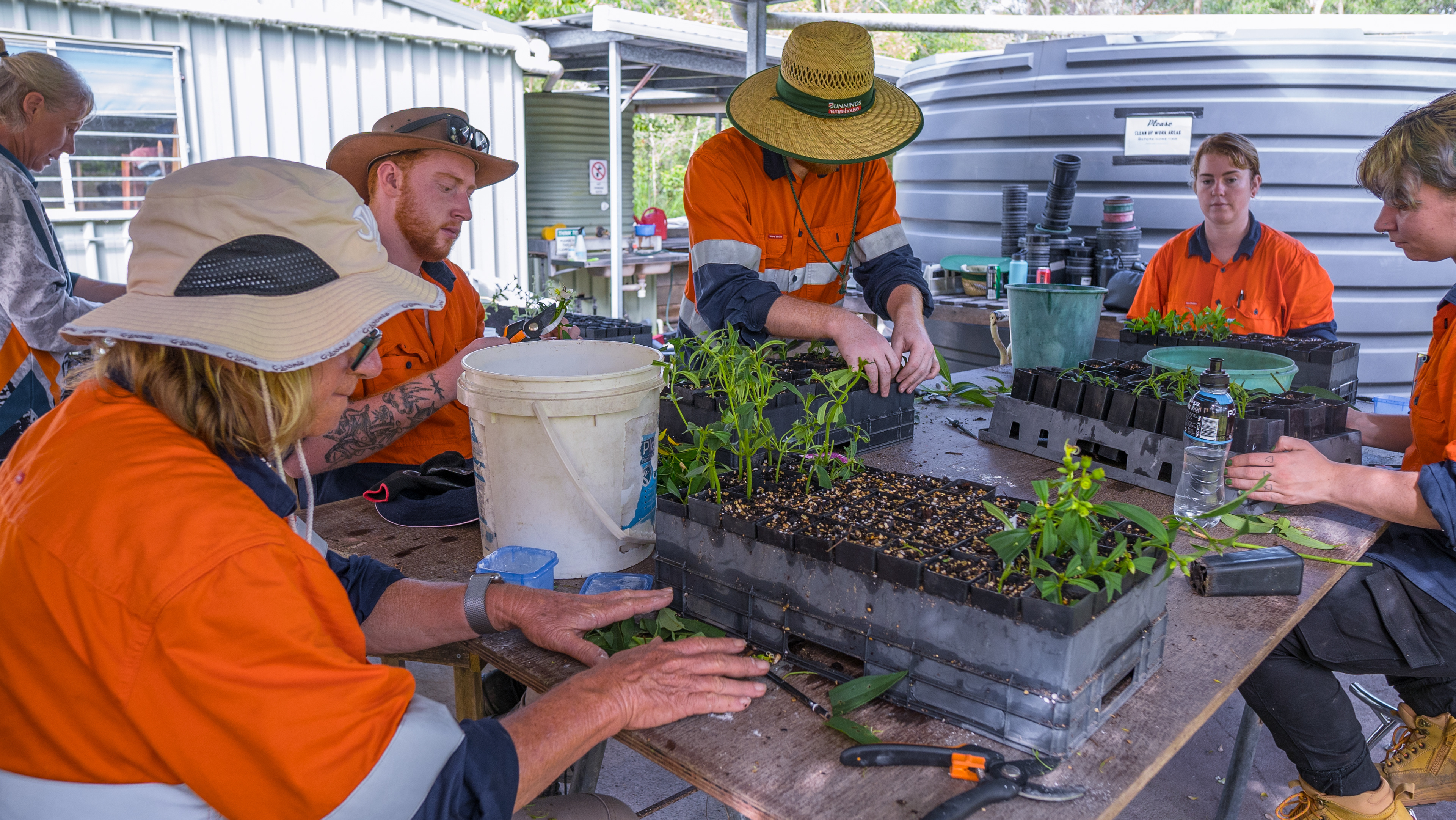
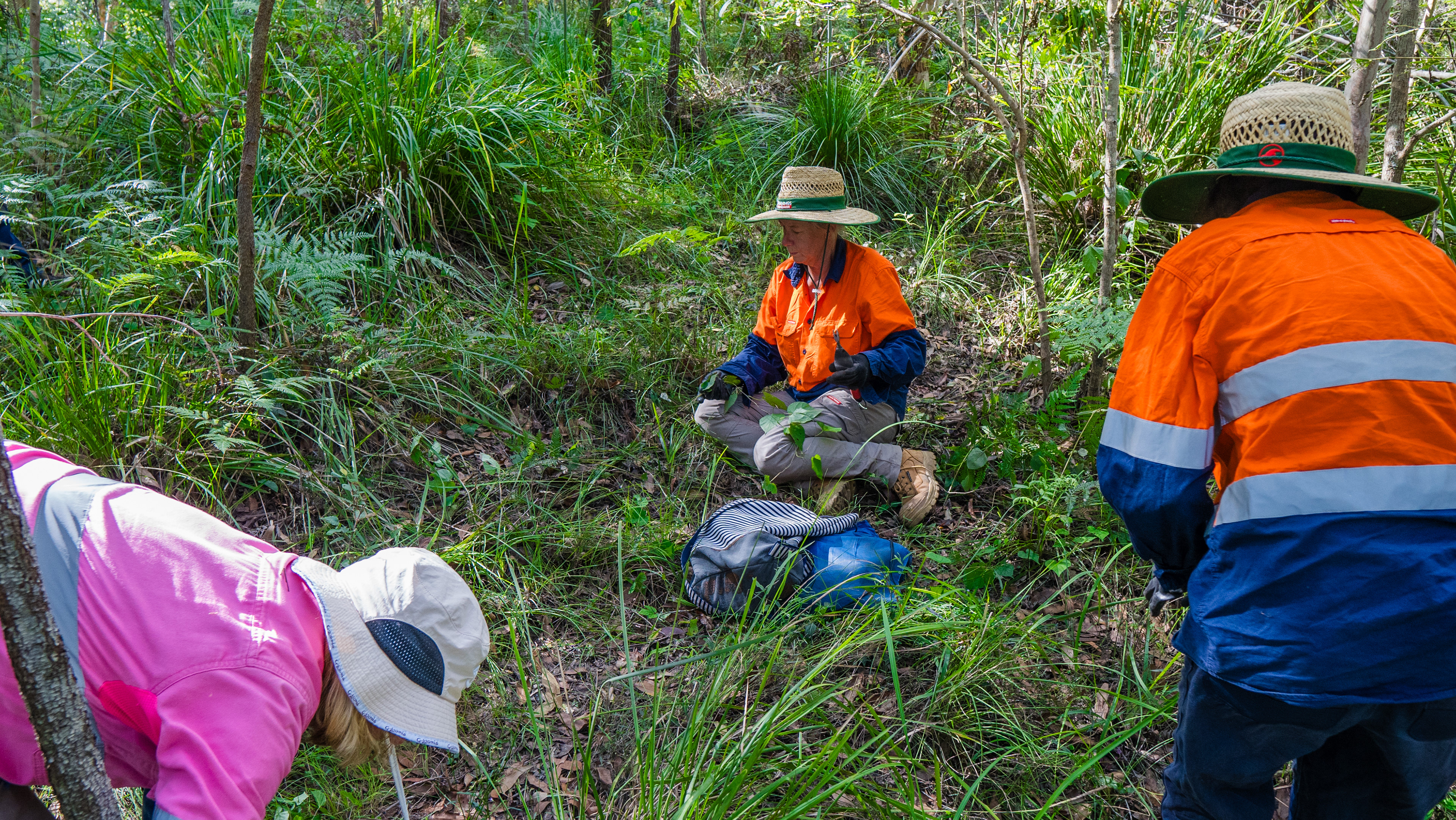
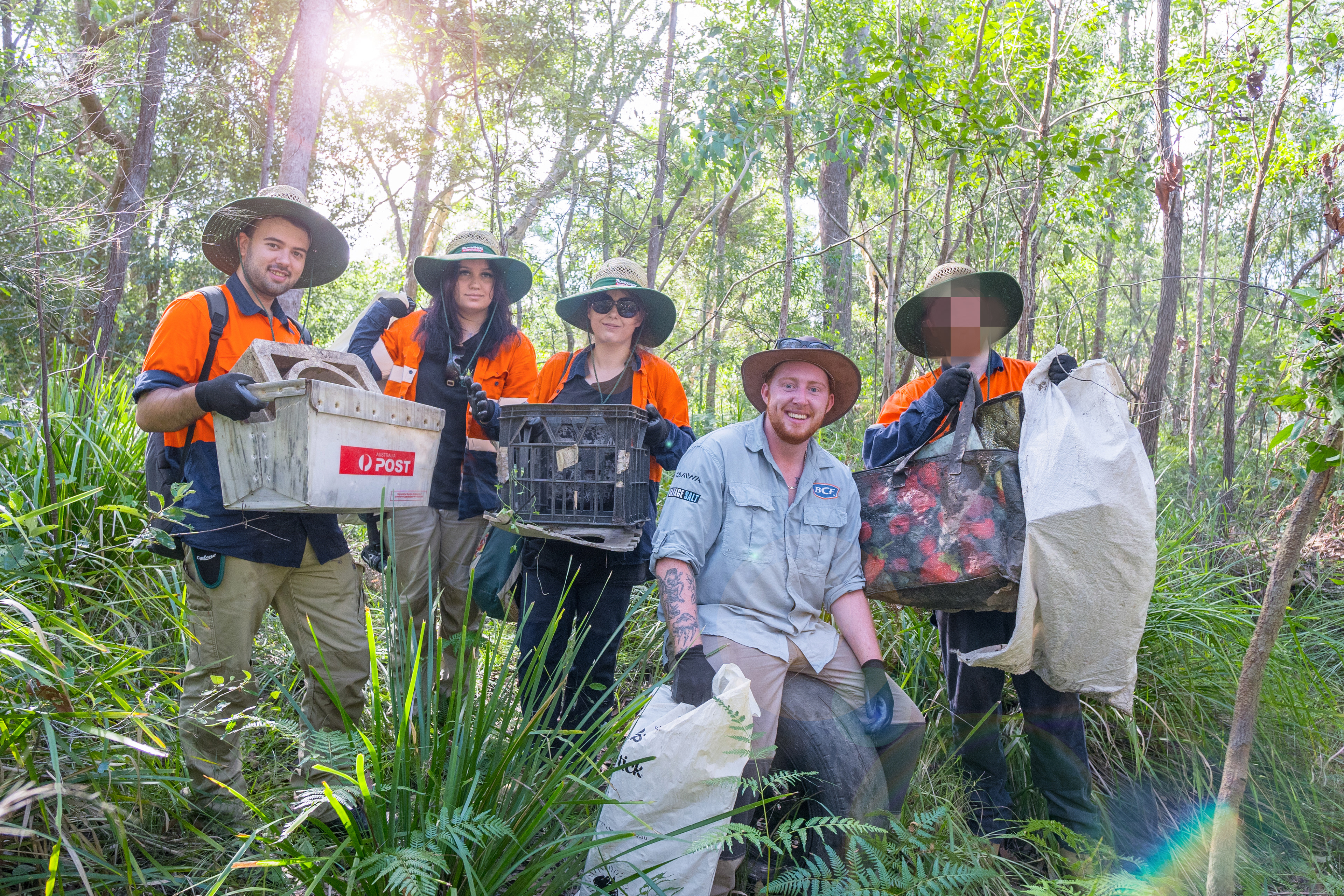

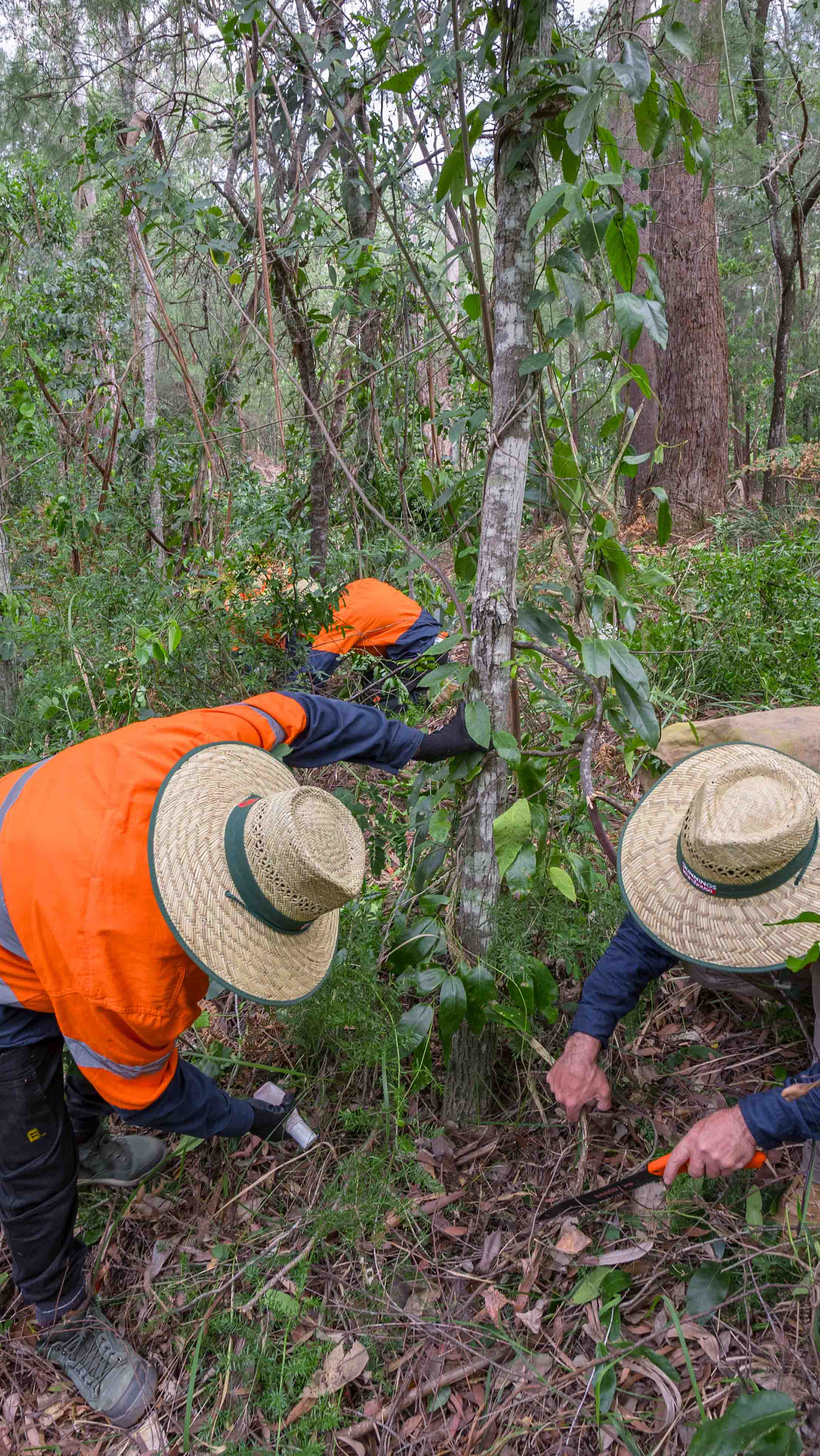
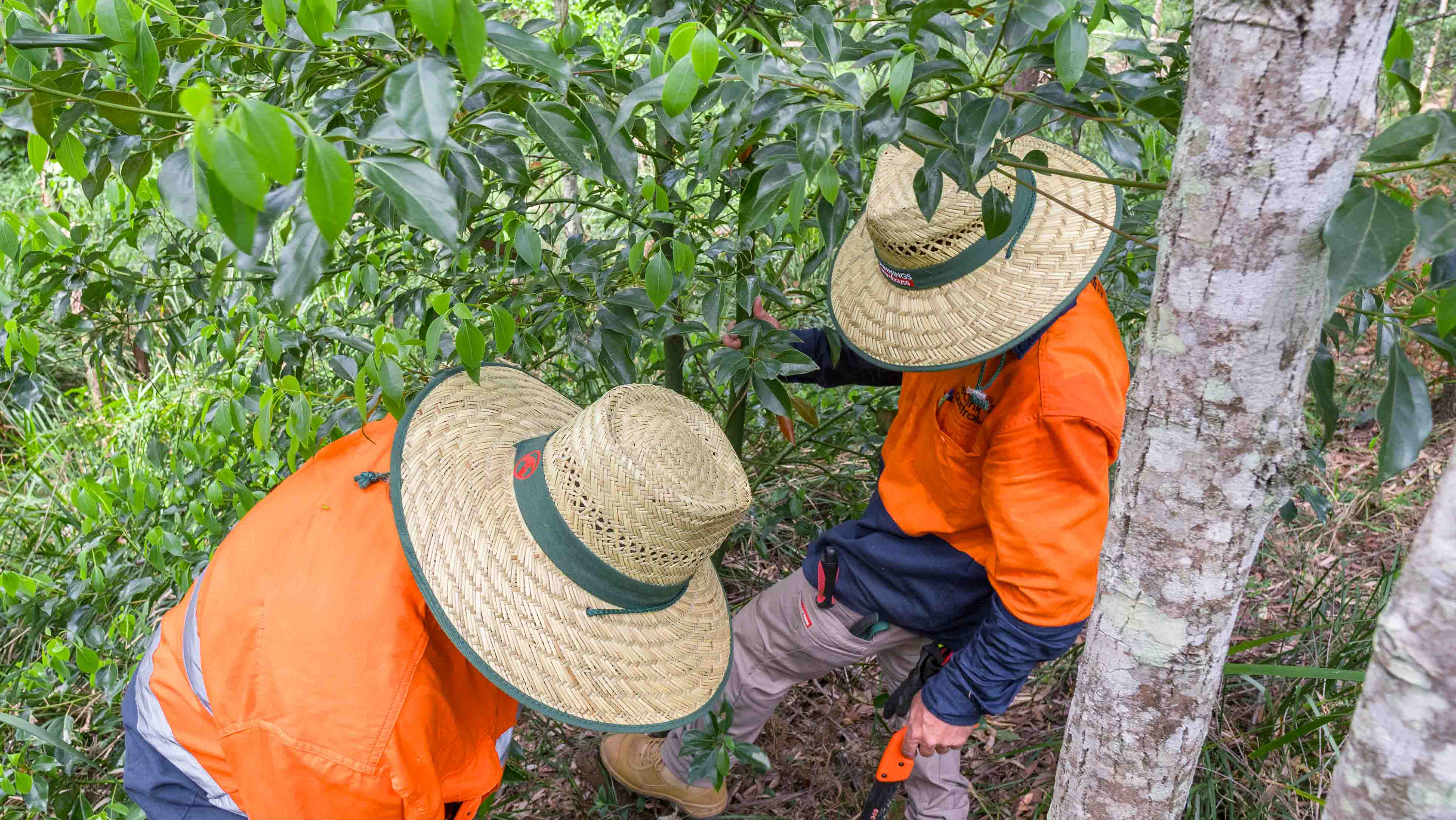
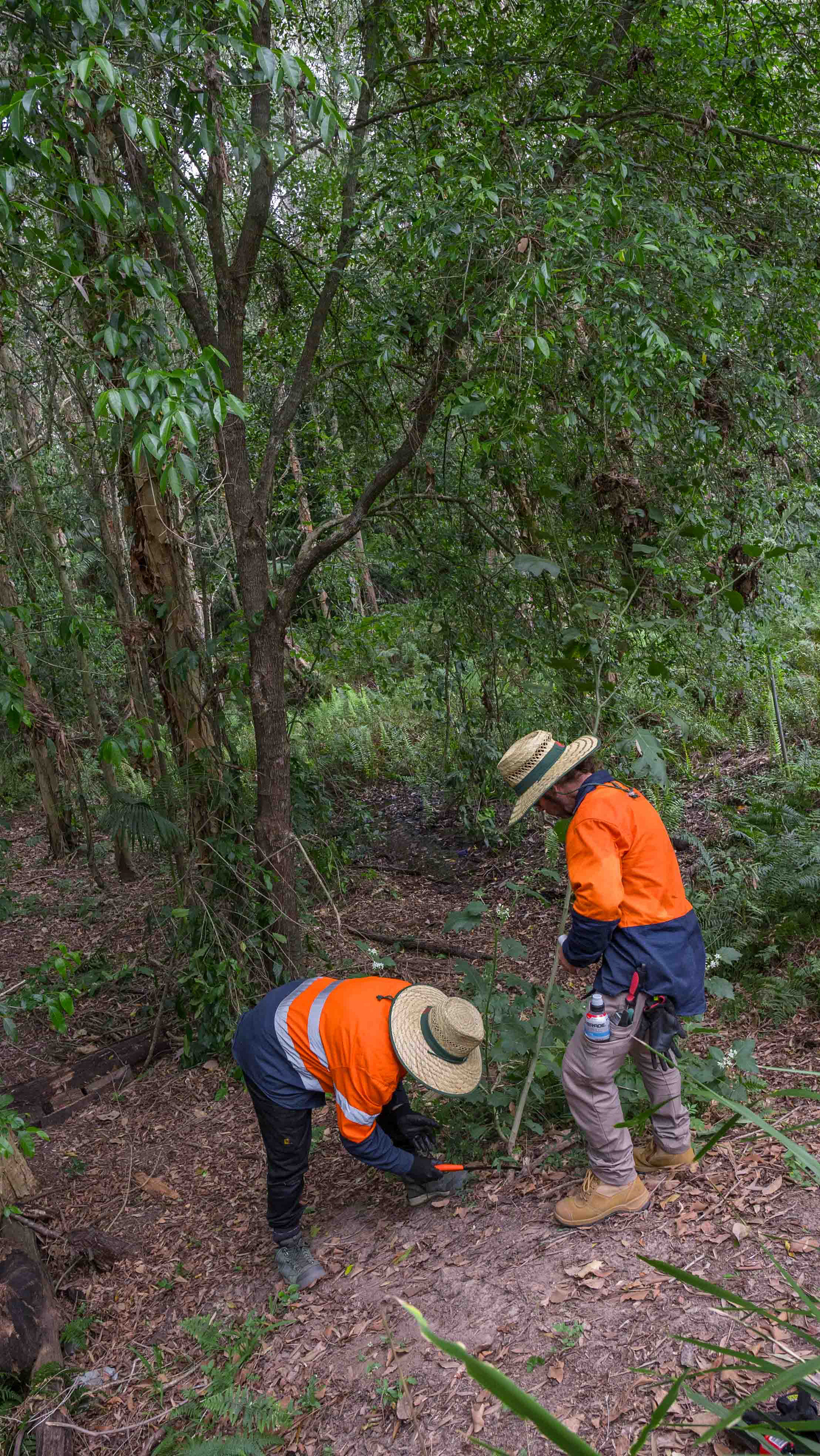
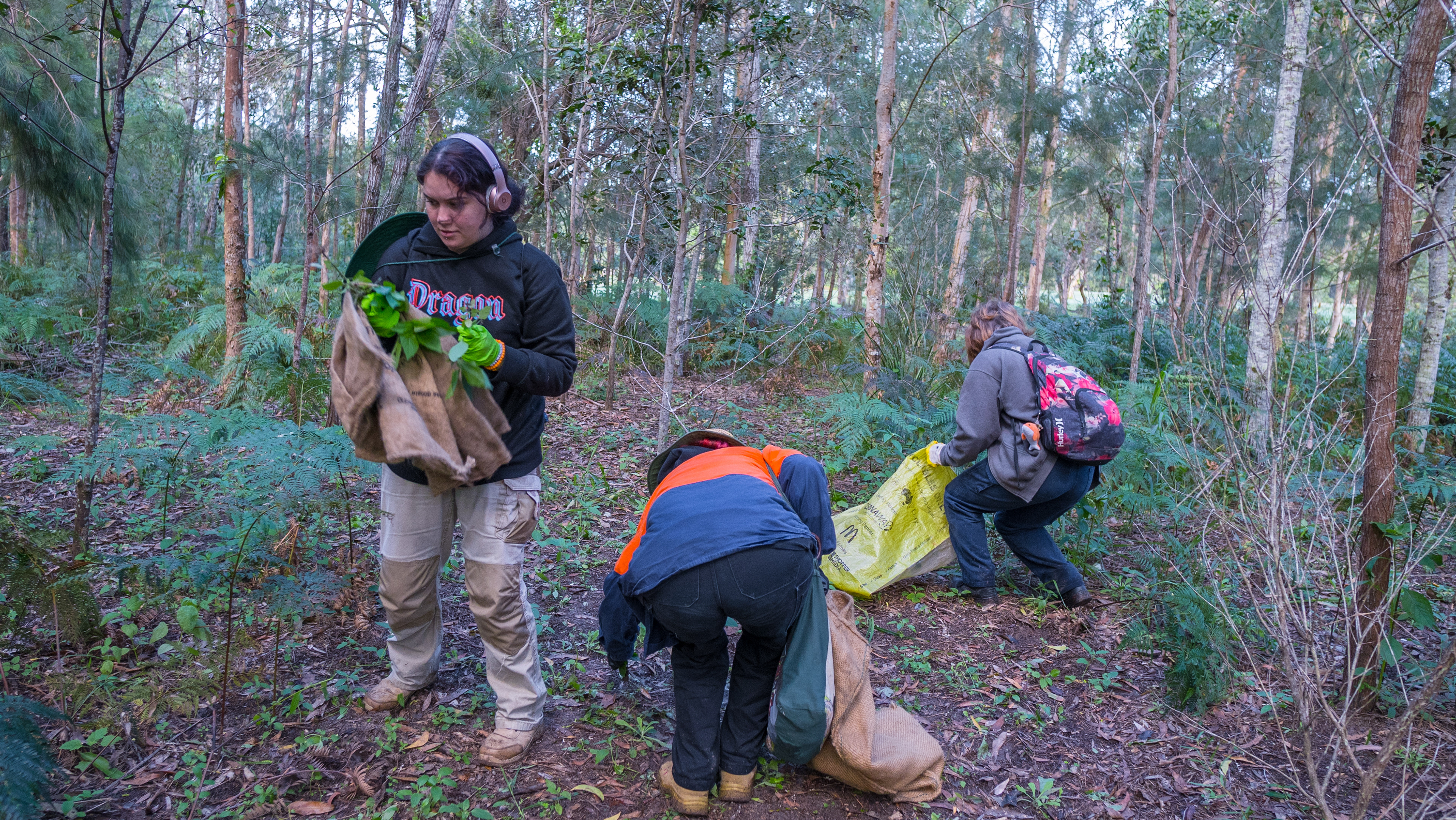
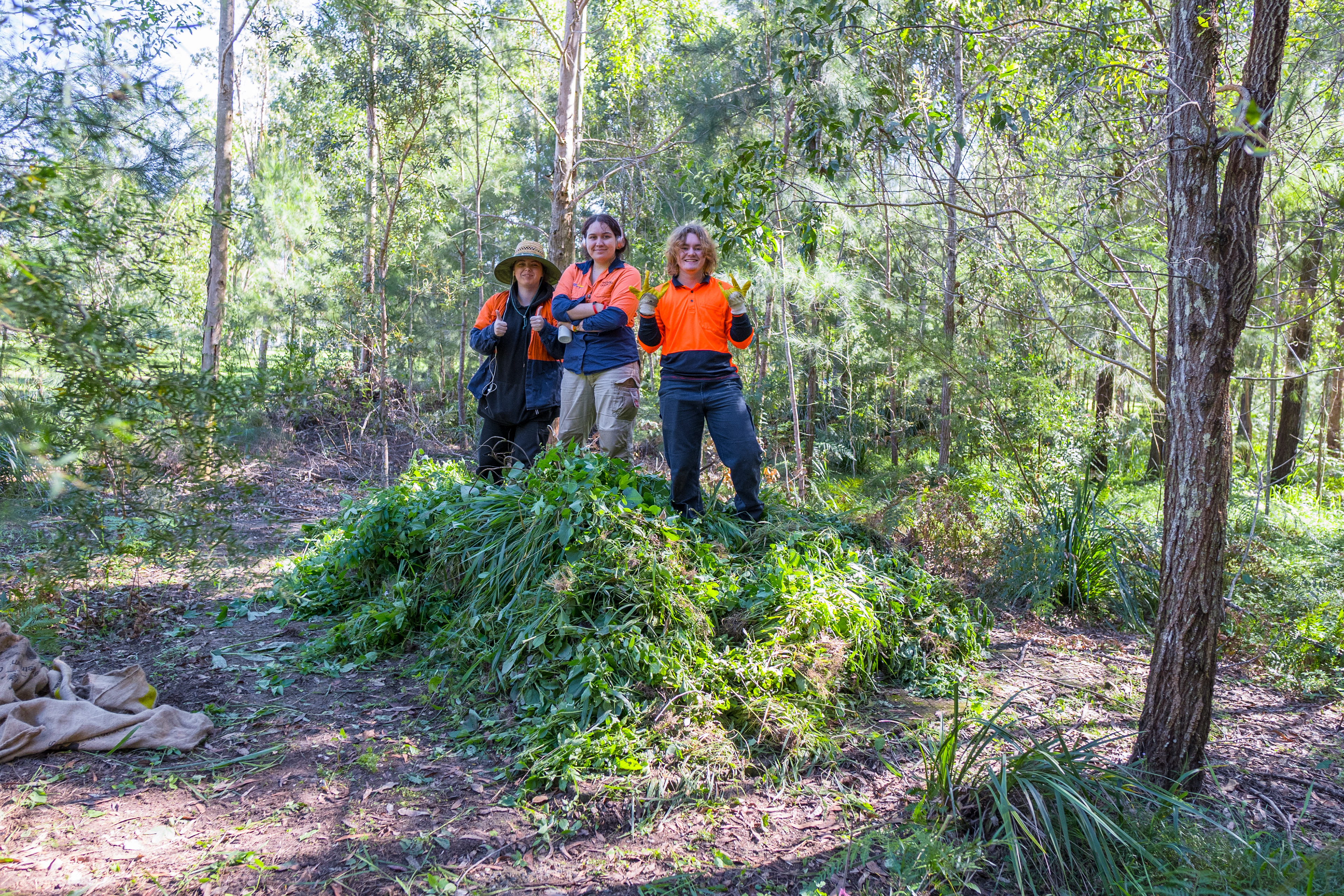
Small leaved Privet Like many environmental weeds was an ornamental. It badly deforms Riparian areas out competing native vegetation and causing pollution and erosion of creek and river banks.
